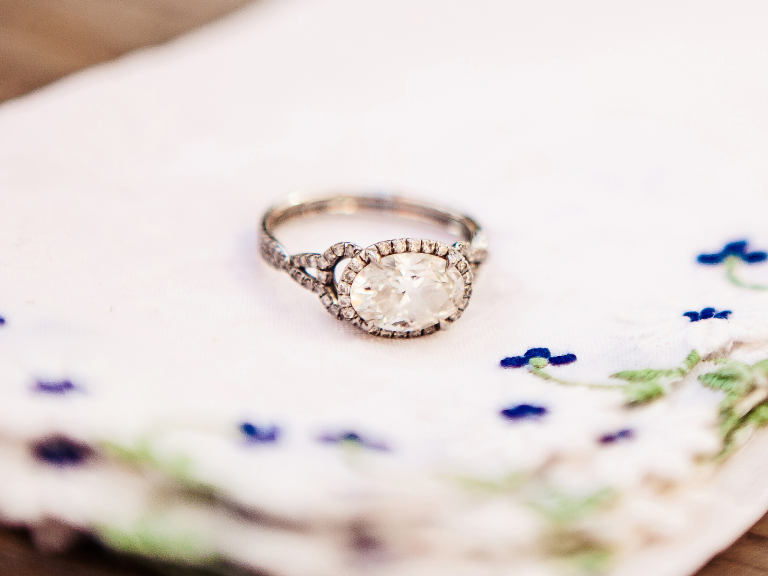
Heirloom stones passed down through the family are perhaps the most meaningful for an engagement ring, linking you to the generations of giddy brides-to-be who preceded you. That said, what if you like the stone but hate the setting? Perhaps it doesn’t reflect your personality, is completely impractical for your lifestyle, or is just plain hideous. Tread carefully: Before you reset, consider the following to keep the stone—and the spirit in which it was given to you—intact for the next generation.
Resetting Etiquette
Being offered an heirloom stone can be tricky territory. On one hand, it’s a sign of family acceptance and trust, plus it saves your future fiance a lot of money! On the other hand, perhaps you’ve had a vision of your dream engagement ring since grade school, and it looked nothing like what’s been offered. Two options: Accept it graciously and scrap those childhood fantasies, or reset the stone to make it your own.
Tread Carefully
Before you head down to the jewelry store, consider this cautionary tale: When Julie, a magazine editor, discovered that her fiance was proposing with his mom’s engagement ring, she was thrilled—about the stone. “It was a beautiful diamond in an ugly yellow-gold, dainty, high prong-set setting. It looked like an old lady’s ring, and I’ve always hated yellow gold, so my fiancé and I made immediate plans to reset the stone in something more me,” Julie says. They chose a substantial platinum setting with two trilliant-shaped stones flanking the now low prong-set family diamond. Everyone thought it was beautiful, except Julie’s future mother-in-law. “We didn’t think to tell her our plans because we assumed that the stone was the important part, not the ring, but she felt that our rejection of the setting was at best rude, and at worst a rejection of her.”
A Little Finesse
The moral of this story: If you and your fiancé plan on resetting the stone, discuss your intentions with the person who gave it to you. This shows respect, and a genuine interest in his or her blessing. Make it clear how honored and thankful you are, but [insert one of following]:
- You’re worried about wearing it every day in its current setting (you’re an elementary school gym teacher, avid rock climber, potter, or chef, to name a few hands-on careers and hobbies).
- The setting needs repair but the expertise involved would be prohibitively expensive.
- You’d like to add your own personal touch—baguettes from your mom’s engagement ring, for example.
- It doesn’t flatter your hand—it’s visually too big or small for your finger.
- It won’t work with the wedding bands you’ve chosen.
If the ring has gone unchanged for generations, you may have to suck it up—and wear it only when you’re with members of the family from which it came!
Safety First
You’ve had a heart-to-heart, you’ve gotten the green light and you’re ready to reset. The first step is to get the stone appraised for insurance and identification purposes, but also so that you know exactly what you’re dealing with—the older the stone, the greater the chance that it has been chipped or cracked along the way (even if you don’t see visible flaws). When you have a complete description of its properties and stability, you can choose an appropriate setting. For example, if the stone’s girdle (perimeter) is chipped, you may want to choose a bezel setting over prongs to conceal the imperfection and protect it from further damage. Work with a jeweler whom you absolutely trust (and who ideally has experience working with antique or estate jewelry) to be sure you’re truly getting the ring of your dreams.










